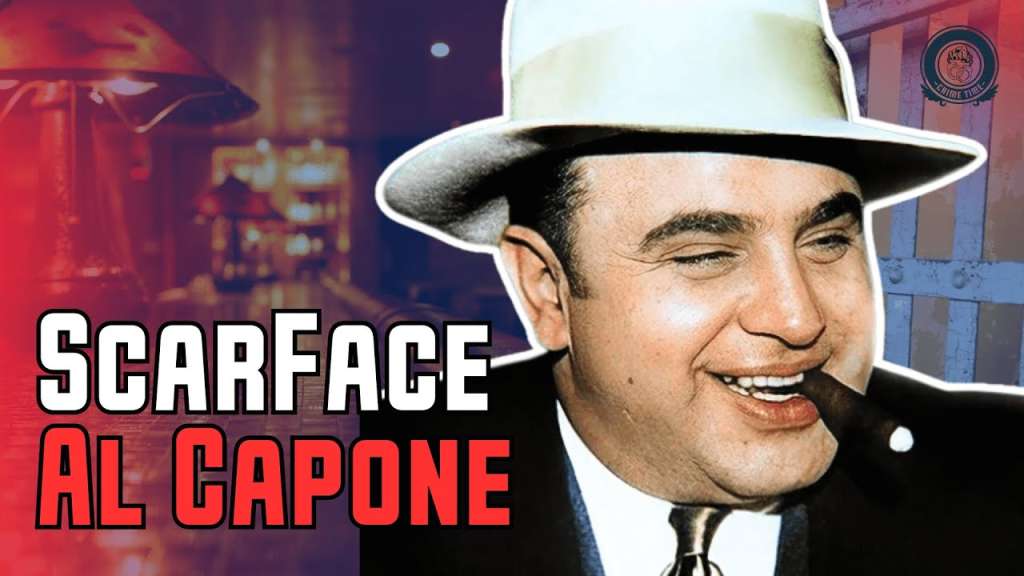Al Capone is a name that conjures images of roaring speakeasies, ruthless gangland wars, and the unchecked power of organized crime in Prohibition-era Chicago. Known as “Scarface,” Capone built an empire that thrived on bootlegging, gambling, and bribery, solidifying his status as one of the most infamous mobsters in history. But beneath the legend of the feared crime boss lies a trove of lesser-known, fascinating facts that paint a more complex picture of his life and legacy. From the relentless pursuit by law enforcement to the bizarre twists that followed his downfall, Capone’s story is filled with surprises that reveal the true extent of his influence and ingenuity. His empire wasn’t just about violence—it was built on strategy, deception, and an ability to stay one step ahead of the law.
One of the key figures in bringing down Capone was Eliot Ness and his elite team, famously known as “The Untouchables.” Operating in an era riddled with corruption, Ness and his men set themselves apart by refusing bribes and meticulously tracking Capone’s financial transactions. Their aggressive raids on breweries and speakeasies crippled portions of his empire, but it was their focus on tax evasion that ultimately sealed his fate. While Capone’s men were adept at evading traditional criminal charges, they hadn’t accounted for the meticulous paper trail left behind by their illicit profits. The prosecution’s innovative use of forensic accounting marked a turning point in law enforcement, proving that even the most powerful crime lords weren’t above the reach of the law.
While Capone was known for orchestrating ruthless hits, perhaps the most infamous of all was the St. Valentine’s Day Massacre of 1929. In an attempt to eliminate his North Side rival, George “Bugs” Moran, Capone’s men—disguised as police officers—lined up seven of Moran’s men inside a garage and executed them in a brutal display of power. Though Capone himself was in Florida at the time, the sheer precision of the attack made it clear who had orchestrated the massacre. This event, while cementing his dominance, also shifted public perception. No longer seen as just a charismatic crime boss, Capone became the face of unchecked criminal brutality, prompting authorities to escalate their efforts to take him down.
Capone’s eventual conviction in 1931 was not for murder or racketeering but for tax evasion—an ironic downfall for a man who had ruled Chicago with fear and firepower. Sent to Alcatraz, the island prison meant to isolate the most dangerous criminals, Capone’s influence was finally diminished. However, even behind bars, his presence loomed large. He maintained a level of comfort unheard of for most inmates, even forming a prison band where he played the banjo. Yet, his time in Alcatraz also marked the beginning of his decline. Years of untreated syphilis had begun to take their toll, eroding his once-sharp mind and reducing him to a shell of his former self. Upon his release in 1939, Capone was no longer the kingpin he once was, spending his final years in seclusion at his Florida estate.
Even decades after his death, Capone’s legend continues to captivate the public. In 1986, TV host Geraldo Rivera famously attempted to uncover Capone’s hidden fortune by opening a sealed vault in Chicago’s Lexington Hotel—only to find it completely empty. The event, though a major media letdown, reinforced Capone’s lasting mystique, proving that his name still held power long after his reign ended. From his secret speakeasies and underground tunnels to his dramatic trial and tragic decline, Al Capone remains a larger-than-life figure whose story is woven into the fabric of American crime history. Though law enforcement ultimately outwitted him, his name endures, a symbol of both the excess and the lawlessness of the Prohibition era.
source

